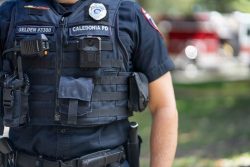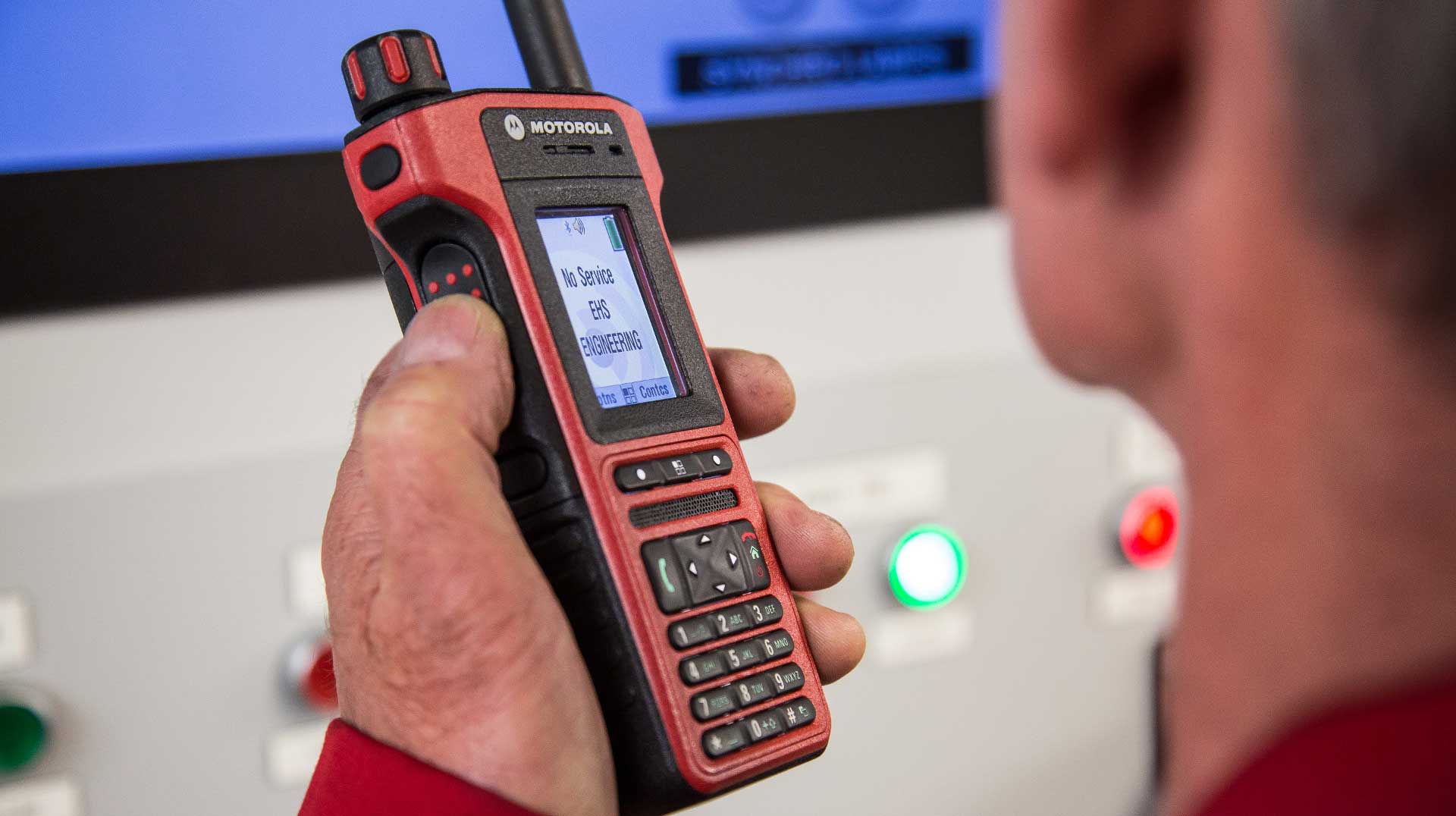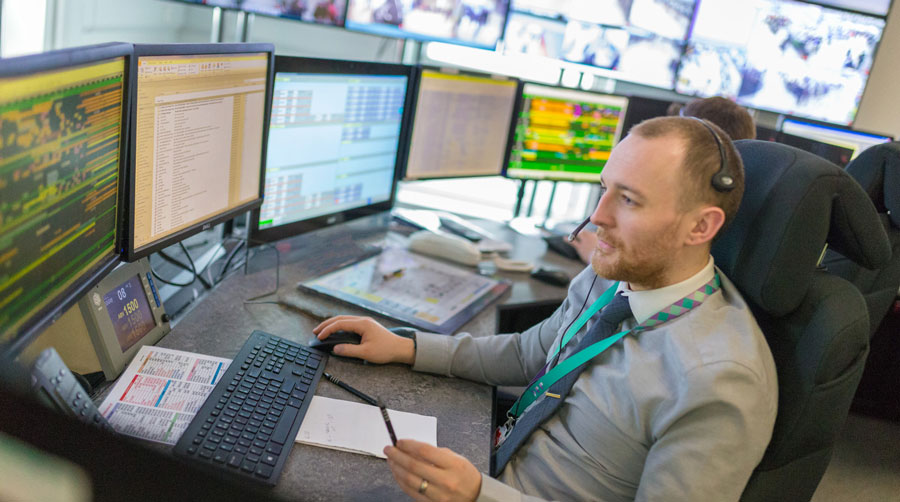A necessary addition.
 These days when you turn on the news, there’s a good chance you’ll hear the words “body camera footage” mentioned at least once. Recent high-profile police encounters have thrust the concept of body-worn cameras into public consciousness. More than ever before, citizens expect and rely on video evidence from police body cameras to provide transparency of incidents.
These days when you turn on the news, there’s a good chance you’ll hear the words “body camera footage” mentioned at least once. Recent high-profile police encounters have thrust the concept of body-worn cameras into public consciousness. More than ever before, citizens expect and rely on video evidence from police body cameras to provide transparency of incidents.
Serving as an independent witness, body-worn cameras capture video and audio of events as they occur. To enhance public trust and officer accountability, a growing number of police departments are investing in body-worn camera programs. A survey published recently by the Police Executive Forum found that more than one-third of U.S. law enforcement agencies had some or all officers wearing body-worn cameras and another 50 percent had plans to do so.
While body-worn cameras may be a newer addition to police officer equipment, one piece of technology officers have relied on for over fifty years is the portable two-way radio. Often referred to as their lifeline, a police officer’s APX two-way radio is their constant companion. The thing they depend on. They know that when they’re out in the field, and things start to unravel, they can press that big orange emergency button to call for urgent assistance.
Real-time collaboration between devices.
Body-worn cameras and two-way radios each serve an important role, but when an emergency strikes and lives are on the line, there’s no time for an officer to run through a checklist. Police officers need to be able to act fast, and their technology needs to be ready to support them. Motorola Solutions APX two-way radios and V300 body-worn cameras now work together to capture critical video evidence during moments of chaos.
When paired with an APX radio via Bluetooth®, the V300 will automatically start a recording when the radio enters emergency mode, either from an officer pressing the emergency button on the radio, or from a radio-initiated “man down” event. This integration enhances officer safety by reducing an officer’s workload during stressful moments – protecting their focus so they can concentrate on the task at hand, instead of on their equipment.
“A few critical moments can make the difference between staying engaged and losing the initiative. Now, one action by the officer not only sounds the alarm, it captures video evidence. Integration between the communications lifeline and the preservation of evidence is critical. And it’s something only Motorola can do.” – Mel Eakley, Retired Major, Pasco County FL
In addition to integrating with an officer’s radio, the V300 body-worn camera can also start recording when triggered by an officer’s 4RE In-Car Video System, vehicle and smartphone – providing protection from the moment an officer leaves their vehicle.
The ultimate safety net.
Even when the record button is not pressed, and pre-buffers and triggers fail to capture a recording, Record-after-the-Fact® technology provides the ultimate safety net to ensure critical video evidence is captured. This patented and powerful capability, exclusive to Motorola Solutions’ 4RE in-car and V300 body-worn camera systems, enables agencies to go back in time and capture video from an event, days after it happened.
While body-worn cameras are increasingly recognized as a necessary addition to police officer equipment, it’s important that they work together with the rest of the technology officers rely on. Real-time collaboration between devices, such as the V300-APX radio integration, helps ensure that this new addition does not subtract from an officer’s focus, but rather results in a positive: enhanced officer safety and public trust.




